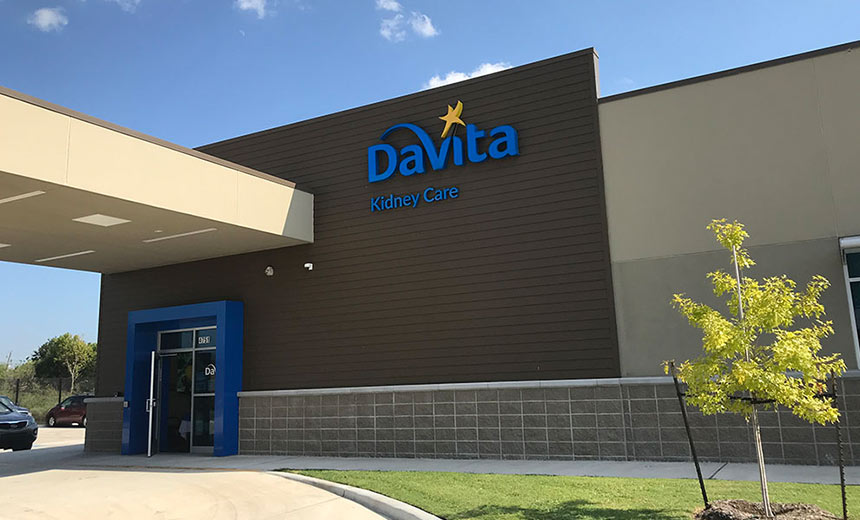The DaVita ransomware attack has emerged as one of the most significant cyber incidents in the healthcare sector this year. In spring 2025, DaVita, a leading kidney dialysis provider, fell victim to a ransomware breach that impacted approximately 2.7 million individuals. This incident not only exposed sensitive patient data but also spotlighted systemic weaknesses in healthcare cybersecurity infrastructures. Despite operational resilience that maintained patient care services, the breach's implications reach far beyond data loss—they signal a pressing need for robust security reforms across the healthcare industry.
The Scale and Timing of the DaVita Ransomware Attack
The DaVita ransomware attack was discovered by the company on April 12, though attackers had infiltrated the system starting March 24. The breach mainly targeted DaVita's laboratory network, resulting in unauthorized access and data exfiltration before being detected and blocked. The U.S. Health Department confirmed that the data breach affected 2.7 million people—making it among the largest healthcare cybersecurity incidents in the country this year. During this period, DaVita continued providing patient care without interruption, activating contingency protocols across its network of nearly 3,000 clinics. These measures minimized operational disruption but did not blunt the breach’s long-term repercussions
Nature of the Breach: What Was Stolen
The DaVita ransomware attack resulted in the theft of highly sensitive patient information, ranging from personal identifiers (names, addresses, birthdates, Social Security numbers) to clinical data, insurance details, lab results, and even check images. The ransomware group behind the attack—Interlock—claimed responsibility and allegedly exfiltrated approximately 1.5 terabytes of data during the breach. This breach ranks among the largest current threats to healthcare data, eclipsed only by a few others like Episource and Blue Shield of California in scale.
Financial and Operational Fallout
The DaVita ransomware attack imposed significant financial damage. In Q2 2025, DaVita reported approximately $13.5 million in related costs—comprised of $12.5 million in administrative and remediation expenses and $1 million in increased patient care costs. Operationally, the breach affected billing and revenue collection systems. While patient treatments continued, DaVita warned of potential longer-term revenue impacts due to these disruptions. The company also began notifying affected individuals, offering complimentary credit monitoring and identity protection services.
Broader Implications for Healthcare Cybersecurity
The DaVita ransomware attack underscores multiple vulnerabilities endemic to healthcare:
- Third-Party and Vendor Risks: Attacks targeting service providers like DaVita can ripple across numerous connected institutions, amplifying impact.
- Double Extortion Tactics: By exfiltrating large volumes of patient data, cybercriminals increase leverage and stakes—raising the importance of data encryption and secure containment.
- Need for Holistic Security Posture: Operational continuity alone is inadequate. Data privacy, secure infrastructure, vendor risk management, and rapid incident response are equally vital.
Lessons Learned and Forward Steps
From the DaVita ransomware attack, several key takeaways emerge:
- Reinforce Cybersecurity Frameworks
- Healthcare providers must strengthen defenses through measures like network segmentation, endpoint detection, multi-factor authentication, rigorous access controls, and data encryption both during transit and at rest.
- Ensure Managed Data Visibility and Protection
- Sensitive patient data must be actively monitored. Providers should implement data loss prevention (DLP) tools and conduct regular security audits—especially for third-party systems.
- Accelerate Incident Response and Transparency
- Swift detection and recovery are essential. Clear communication with affected patients and stakeholders preserves trust and can mitigate legal and reputational damage.
- Enhance Regulatory Oversight and Standards
- Regulators should mandate cybersecurity standards tailored to healthcare. Regular compliance reviews and resilience assessments can help prevent future breaches.
- Invest in Training and Cultural Change
- Security begins with people. Workforce training on phishing risks, breach response protocols, and secure data handling is essential.
Conclusion
The DaVita ransomware attack has sent a wake-up call across the healthcare industry. While the physical health of patients remained safeguarded through resilient operational plans, their data—and trust in systems that protect it—were compromised. As cyber threats continue to evolve, healthcare institutions must treat data security with the same urgency as clinical care. Only then can they truly safeguard both the lives and personal information of those they serve.
Read More






 Monday, 01-12-25
Monday, 01-12-25







